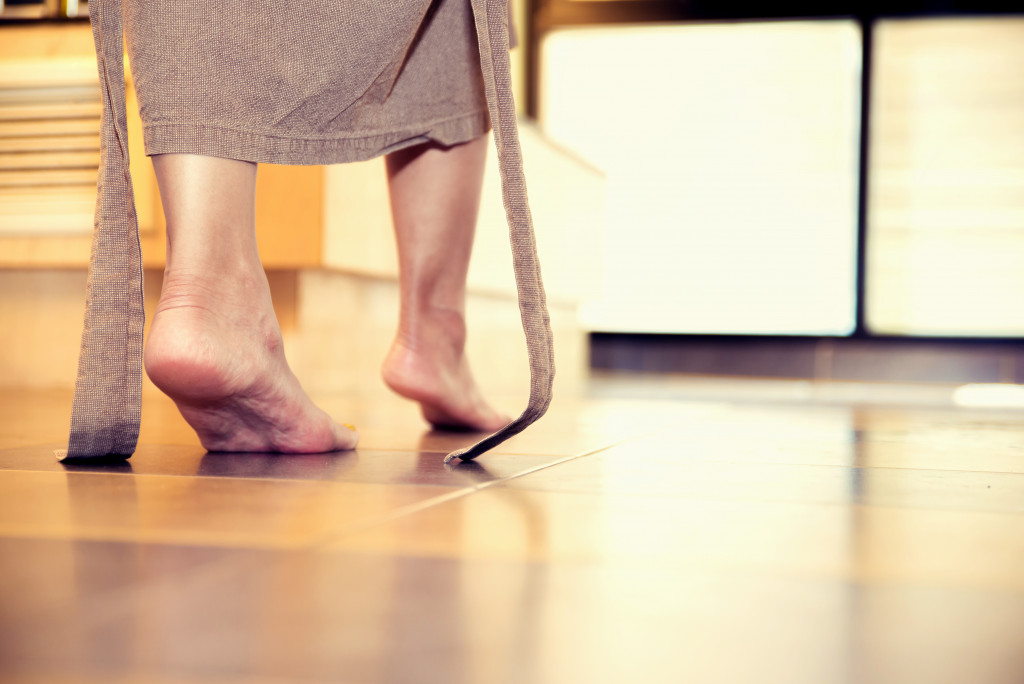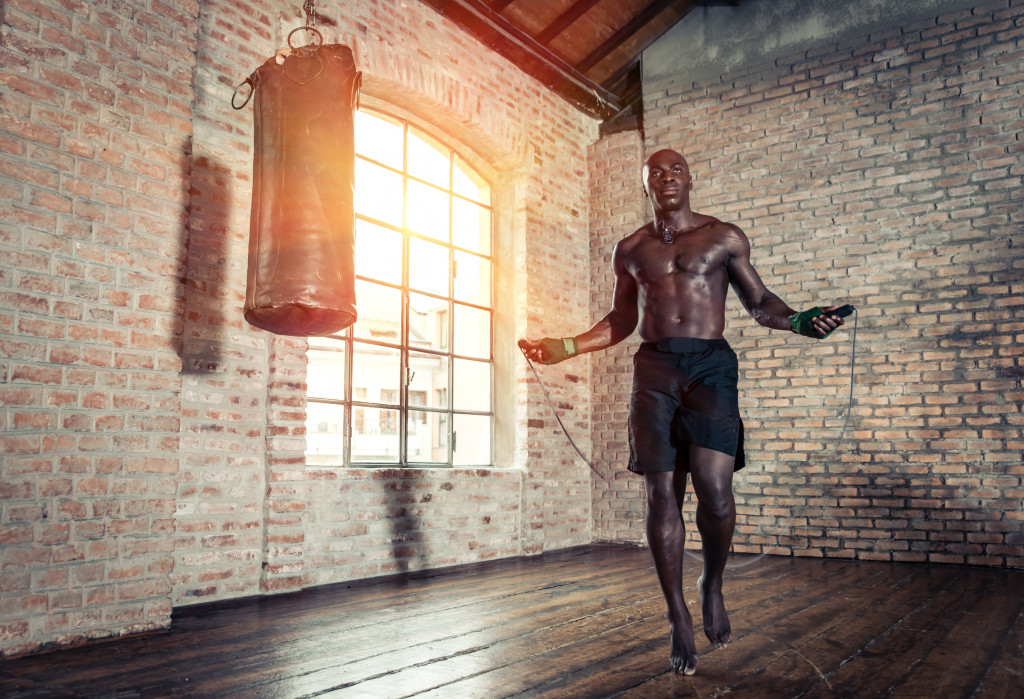After a hard workout, when your limbs hurt and pulse is pounding, nothing sounds better than a quick shower to clear your head. Taking a shower is beneficial for a variety of reasons after working out. Besides prioritizing your hygiene, soaking your body with calming streams of water will help prevent lactic acid from building up in tired muscles by kneading them.
However, just taking a shower after an exercise won’t help you recuperate faster. Preparing for a bath or shower after an intense exercise regime should involve a gentler cool-down session.
Do you feel better after a shower or bath?
Soaking up helps your muscles recuperate after working out and increases your body’s capacity to make a comeback and be prepared for the next one. Taking a shower helps remove lactic acid from your muscles, a normal metabolic response that contributes to stiffness.
According to a modest nine-person study in 2019, taking a cold shower after exercising in a warm setting helps lower your heart rate and lessen cardiovascular distress rapidly.
There is plenty of research, such as one from 2017, that shows exposure to cold water has no greater impact on decreasing oxidative stress or inflammation in muscles than active recovery (like using a stationary bicycle for 10 minutes after a long exercise session) after doing strengthening activities.
Showering with Hot Water
A warm shower widens your veins and arteries, improves your blood circulation, and soothes your muscles in a similar sense when heat stretches items. Increasing blood circulation alleviates muscular pain and stiffness. Steam or warm water help soothe sore muscles after a strenuous workout.
Warm water is intended to help open pores, so taking a hot bath can remove all the grime lodged inside your pores. Moreover, according to hair specialists, heat promotes hair cuticle opening, allowing the strands to be stripped of debris and oil.
As mentioned above, heat helps open hair cuticles, skin pores, and blood vessels, all so that more blood may circulate through them. The question is, however, whether increased blood circulation is always beneficial. In particular situations, dilation of the arteries and capillaries only aggravates an injury, chronic inflammation, or edema. A cold bath, on the other hand, might be preferable.
Showering with Cold Water

Taking a cold shower does the opposite, reducing blood circulation to your skin instead of boosting it. The blood vessels constrict, flushing out the lactic acid that has accumulated in the tired muscles. Reduced swelling and alleviated inflammatory pain are brought on by tightened blood vessels, which serve as a natural anti-inflammatory.
DOMs (delayed onset muscle soreness) can be reduced more efficiently by taking a cold shower instead of a hot one since it heals micro-tears in your muscles, according to Petrovsky’s (2015) research. When you exercise, your body generates heat, raising your core temperature. Sweat helps the body cool down when it becomes too hot. A cold bath has the same effect on the body as a cool drink: it lowers the temperature. By bringing the body’s temperature back up to the norm, the cool water helps preserve homeostasis.
Making the Most of the Advantages
As you can see from the advantages listed above, both showers are beneficial after working out. Changing the body’s temperature from cool to warm aids in removing toxins and improves blood circulation. Transferring from cold to hot water also aids the prevention of soreness. Make sure to have a water-heating system to make transitioning from water temperatures convenient.
Start with Cold
After an exercise, take a cold shower to help reduce tendon, joint, and muscle soreness. These areas of your physique get affected when you workout, and being inflamed for lengthy periods is harmful.
After an exercise, using cool water to shower reduces blood circulation in your body, decreasing inflammation and stiffens joints and muscles, minimizing soreness (similar to applying ice on an injury). It’s crucial for fast recovery and effectively treats new injuries or when you’ve just finished a challenging workout. It acts as a “hold” mechanism in the recovery period, slowing down the body’s fast reaction to damage, which can be excruciatingly painful.
End with Hot
After a cool shower, take a hot one to help you relax. This will promote muscle soreness healing by flushing away build-ups of scar tissues, dead cells, inflammatory cells, and so on to restore bone health. Stiffness can be alleviated by transitioning from cool to warm. Have you wondered how after a particularly taxing thigh exercise, you can’t seem to move? Take a cool-to-warm shower to see if it helps. This can help enhance body structural mobility to ensure soreness doesn’t develop. Moreover, it is excellent for injuries that are both chronic or subacute in stages.

